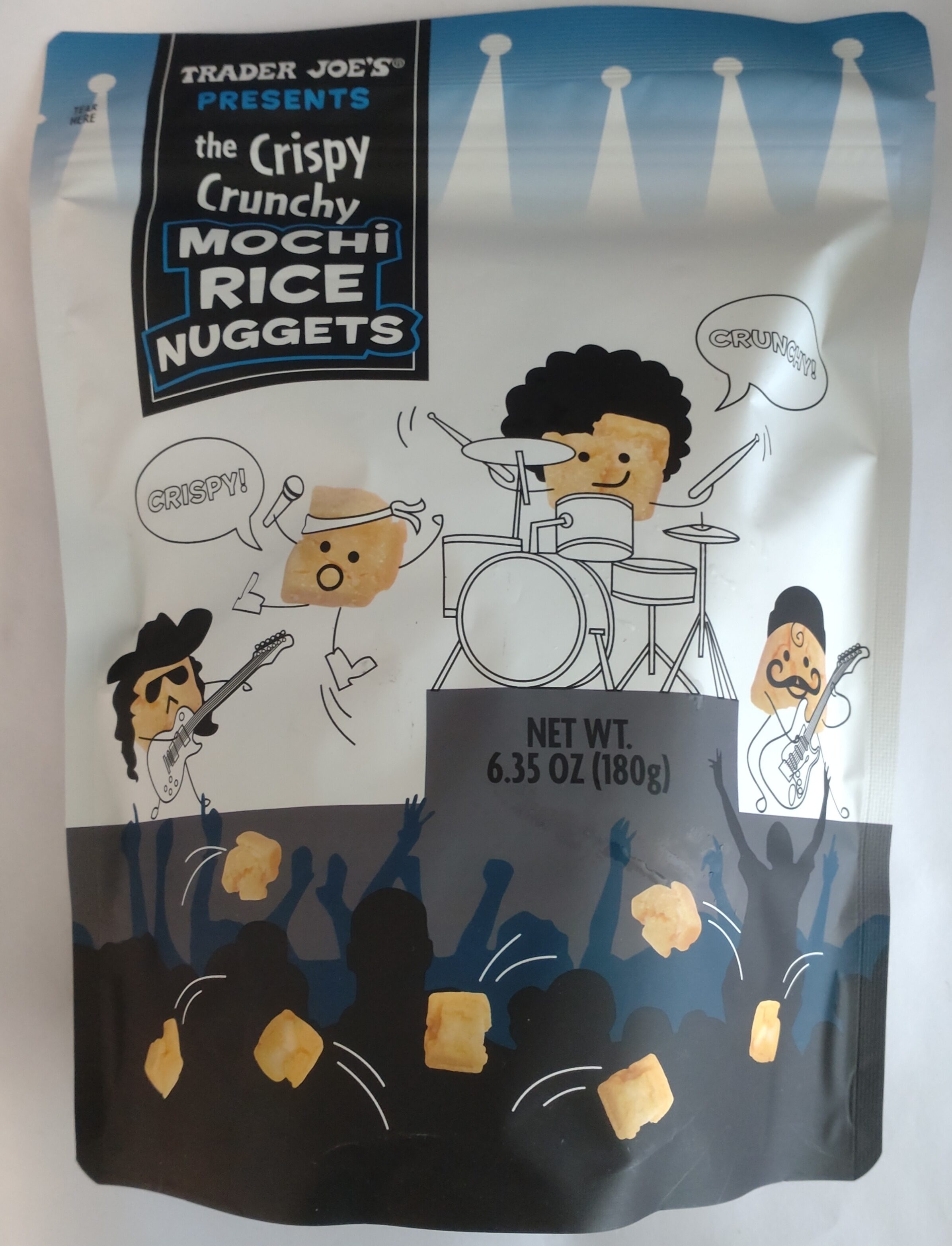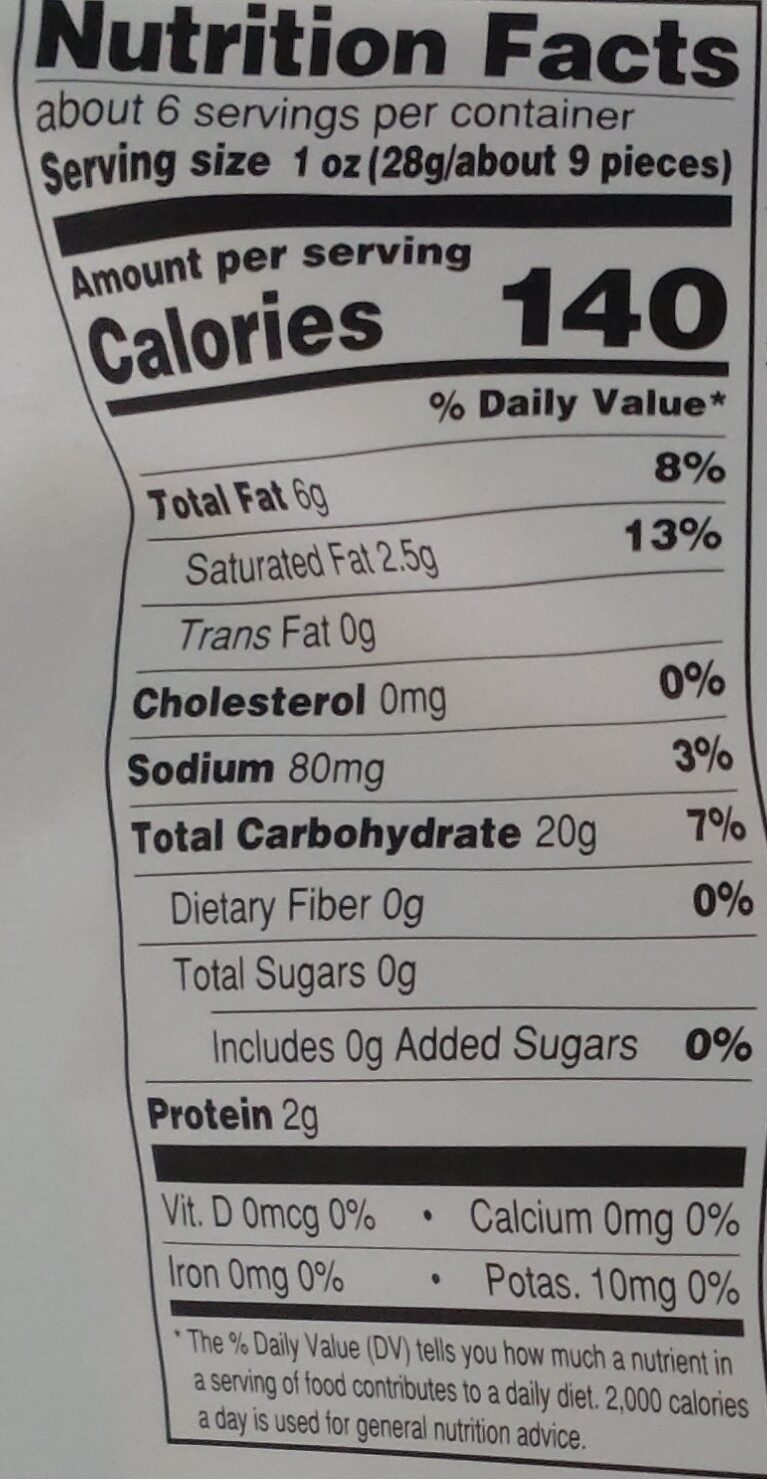The Crispy Crunchy Mochi Rice Nuggets - Trader Joe's - 6.35 oz (180 g)
Codi de barres ambigu: aquest producte té un codi de barres amb número de circulació restringit per a productes d'una empresa. Això significa que diferents productors i botigues poden utilitzar el mateix codi de barres per a diferents productes.
×
Aquesta pàgina del producte no està completa. Podeu ajudar a completar-la editant-la i afegint-hi més dades a partir de les fotos ja disponibles, o fent-ne més amb l'aplicació de androide o iPhone / iPad. Gràcies!
×
Codi de barres: 00569903
Quantitat: 6.35 oz (180 g)
Marques: Trader Joe's
Categories: Snacks, Aperitius salats, Aperitius, Patates fregides i similars, Patates xips
Països on es va vendre: Espanya
Matching with your preferences
Entorn
Empaquetament
Transport
Espècies amenaçades
Report a problem
Fonts de dades
Producte afegit per elcoco
Última modificació de la pàgina del producte per qualityofvoid7.
La pàgina del producte, també editada per elcoco.3abc940f76b4b33a81f25b94ae439668, foodvisor, kiliweb, lumparland, naruyoko, org-app-elcoco, segundo, thaialagata, yuka.LO5LP86UBt0cRcWL1IwJ1mG3N9y9KtZ2BmNQow, yuka.sY2b0xO6T85zoF3NwEKvlhIXUvvVhGuVKjLvs02S9IzVJKD4ReltvK3gA6s.
Si les dades són incorrectes o incompletes, pot completar o corregir editant aquesta pàgina.











